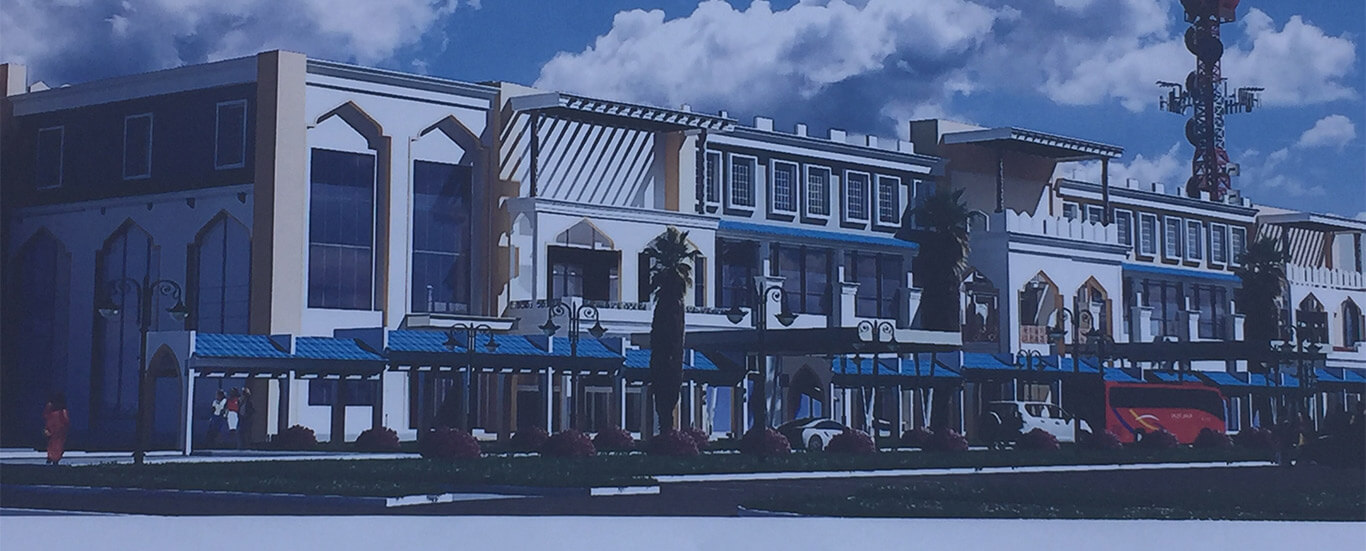- Tourism currently contributes 10.5% to the Country’s GDP and is projected to grow at 5% per annum up to the year 2025
- Cruise tourism is today one of the most dynamic and fastest growing segment of the leisure industry worldwide generating US$38bn in economic activity in 2015
- Travel services or tourism is a key services area for the country, a priority in Vision 2030 and is one of the fastest growing exports in Kenya, representing 18.3% of total exports
- TMA supporting $1m in development of ultra-modern cruise terminal facility and a further $200k for implementing the Kenya Tourism Development Strategy 2030
Mombasa, Kenya, 16th December 2016 – A ground breaking ceremony at the Port of Mombasa has signalled the commissioning of works to develop ultra-modern cruise ship terminal facilities at berth 1. The event was witnessed by the Cabinet Secretary, Tourism, Najib Balala, Governor, Mombasa County, H.E. Ali Hassan Joho, TradeMark Africa (TMA) Director General, David Stanton, Senior Director, Business Competitiveness, Lisa Karanja, Kenya Country Director, Ahmed Farah and Kenya Ports Authority (KPA) Managing Director, Catherine Mturi-Wairi. The project which will cost $2m is jointly funded by TMA ($1m) and KPA ($1m).
Travel services or tourism is a key services area for the country, a priority in Vision 2030 and is one of the fastest growing exports in Kenya, representing 18.3% of total exports. However, the sector has a series of challenges which include the need to improve product development and leverage investments in new products especially at the county level; develop an export strategy for tourism in Kenya; improve marketing of tourism products regionally and internationally; increase the movement of tourists within Kenya and within EAC partner states; as well as focus on improving standards for tourism skills.
Cruise tourism is today one of the most dynamic and fastest growing segment of the leisure industry worldwide. In 2015, cruise industry generated USD 38 billion in total economic. Initially the growth and development of cruising was centered on the Caribbean, Alaska and Mexico, but there has been diversification and global expansion to the rest of the whole world. Many cruise lines have announced plans to increase their presence in the other parts of the world, including Asia, Canada/New Zealand, the Indian Ocean and Africa, the Amazon and Brazil, the Middle East and the Arctic regions.
Currently, the Port of Mombasa has been attracting a growing number of tourists sailing along the Indian Ocean rim. The number of cruise vessels and passengers have been registering one of the highest growth rates, with 5 vessels having called at the Port in 2015, bringing over 5,000 passengers. This is a major comeback after piracy setbacks that discouraged cruise lines from the Mombasa port for about five years from 2010 – 2014.
Cabinet Secretary, Ministry of Tourism, Hon. Najib Balala commented:
“With the Government’s commitment and investment in developing cruise tourism in the country, the cruise tourism industry can achieve its potential and contribute to the creation of employment opportunities. We thank TMA for their generous support”
TMA Director General, David Stanton said at the ground-breaking:
“Tourism is critical to the economy of the country with the potential to impact a large number of the poor and women, directly and indirectly, representing over 500,000 jobs in the country. Tourism currently contributes 10.5% to the Country’s GDP and is projected to grow at 5% per annum up to the year 2025. We are excited by the growth of the sector and its enormous potential. This fits well with TMA vision of improved prosperity through creation of sustainable jobs”
KPA Managing Director, Catherine Mturi-Wairi added;
“The upgrading of the cruise ship terminal facilities will not only sell Kenya abroad as the main tourist destination in East and Central Africa, but will also increase the number of tourists in the country. These and other developments taking place at the Mombasa port will position us as the choice port to serve this region”
TMA in partnership with Ministry of Tourism has committed to support a Consultancy Study to prepare a comprehensive Tourism Development Strategy for Kenya up to the year 2030 at a cost of $200k. The strategy will be primarily focused on Kenya, and will involve a diagnosis of the tourism industry as a whole including assessing and reviewing the existing Vision 2030 Tourism Sector Plan and implementation framework, reviewing the institutional framework, undertaking a Tourism Supply and Demand side analysis, Tourism Product delivery, Tourism Sector and Product performance and competitiveness, Kenya Tourism Strategy 2030, Implementable Road Map, and Monitoring and Evaluation Plan.
Cruise tourism is one segment of tourism with huge potential in Kenya, Tanzania and Zanzibar. Under the Indian Ocean Cruise Tourism circuit, the region is yet to tap the potential of Cruise tourism that can serve as a critical engine for economic development, trade in services, job creation and poverty alleviation. The attractive beaches, Game Parks and other diverse tourist attractions in the region provides a perfect opportunity for the growth of both inbound and outbound cruise tourists.
Promoting cruise tourism will however require not only world class facilities and infrastructure to receive cruise ships and passengers but also development of products, marketing and joint efforts under the Indian Cruise Tourism circuit.
TradeMark Africa (TMA) is an aid-for-trade organisation that was established with the aim of growing prosperity in East Africa through increased trade. TradeMark Africa (TMA) operates on a not-for-profit basis and is funded by the development agencies of the following countries: Belgium, Canada, Denmark, Finland, the Netherlands, UK, and USA. TradeMark Africa (TMA) works closely with East African Community (EAC) institutions, national governments, the private sector and civil society organisations.















